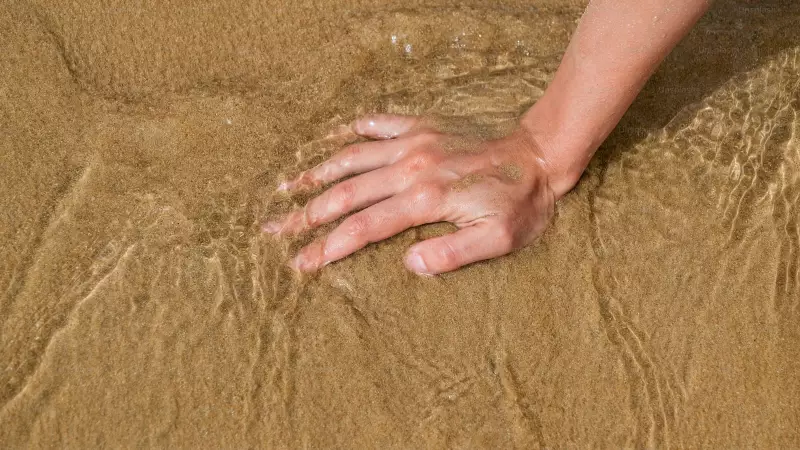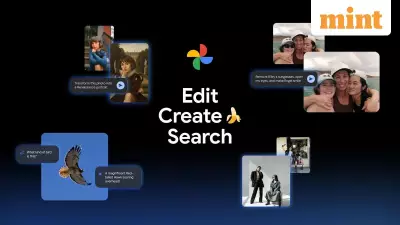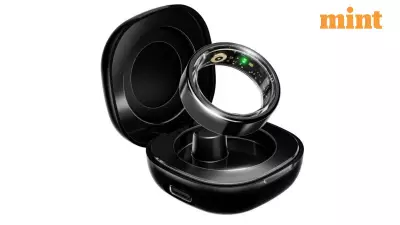
In a remarkable discovery that challenges fundamental understanding of human senses, scientists have uncovered evidence of what might be considered a seventh sense in humans. The breakthrough research reveals our hands possess the ability to detect objects before physical contact occurs.
Beyond the Sixth Sense: Redefining Human Perception
The study, presented at the IEEE International Conference on Development and Learning (ICDL), fundamentally challenges traditional views of touch as requiring direct contact. Instead, researchers found humans can detect hidden objects through subtle mechanical cues in materials like sand.
During experiments, participants successfully located hidden cubes by digging through sand, demonstrating an uncanny ability to sense minute shifts indicating concealed objects. This capability, previously observed only in shorebirds like sandpipers and plovers, suggests human sensory capacity operates near the theoretical threshold for detecting mechanical reflections in granular media.
Humans Outperform Robots in Sensory Precision
The research team conducted comparative tests between human participants and robotic tactile sensors. The results were striking: human participants achieved 70.7% precision within the detectable range, significantly outperforming the robotic sensor.
The robotic arm, equipped with Long Short-Term Memory (LSTM) algorithms for object detection, managed only 40% accuracy despite having a wider sensing range. The robot's performance was hampered by false positives, highlighting the sophistication of human sensory processing.
Transformative Implications for Technology and Exploration
This discovery opens exciting possibilities across multiple fields. According to Senior Lecturer Elisabetta Versace, understanding remote touch reshapes how we think about perceptual fields and could lead to advanced tools for various applications.
The implications are particularly significant for:
- Assistive technologies for visually impaired individuals
- Robotics capable of delicate probing and excavation
- Search operations in low-visibility environments
- Archaeological exploration and space missions
The research combined two complementary experiments: one testing fingertip sensitivity in humans and another using a tactile robotic arm with LSTM modeling. Conducted by researchers from Queen Mary University of London and University College London, the work demonstrates the power of collaboration between psychology, robotics, and artificial intelligence.
This groundbreaking study not only expands our understanding of human capabilities but also paves the way for innovative technologies that could transform how we interact with our environment and approach complex tasks in challenging conditions.





